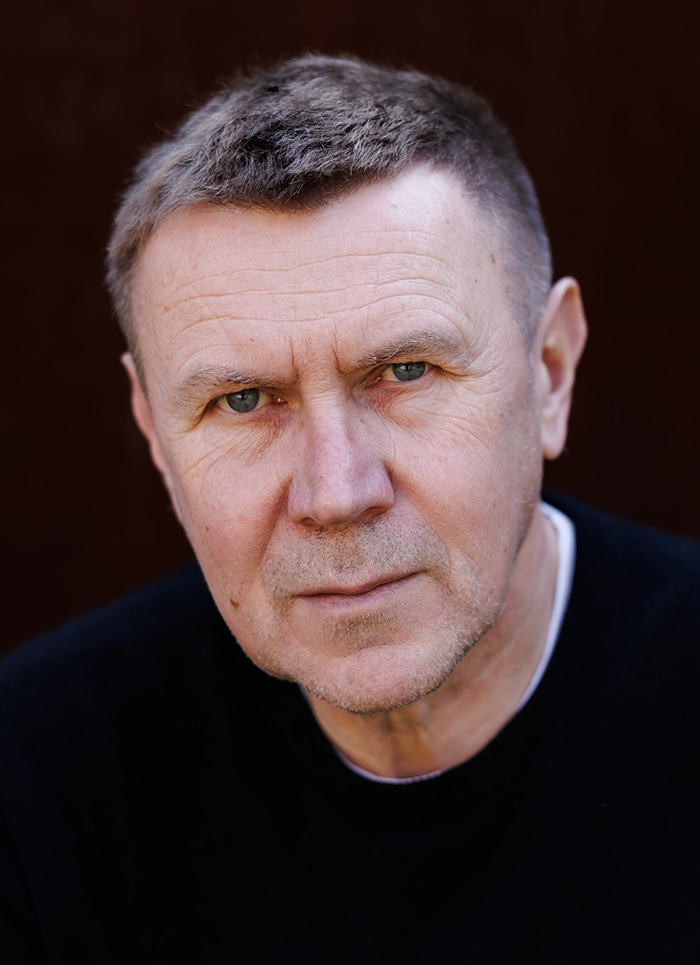Mirosław Bałka

Mirosław Bałka (born 1958)
A sculptor, renowned as a classic figure in contemporary art, Mirosław Bałka has sculpted his niche over a distinguished nearly four-decade-long career, exploring the semantic potentials of materials. Initially, Bałka worked with humble and textured elements—jute, used wood boards, pine needles, terrazzo, rusted steel, wooden plywood, chain-link fencing, and ash. Over time, his repertoire expanded to include dynamic mediums such as salt, sugar, live insects, temperature shifts, air flows, and water. Concurrently, he has employed video to capture locations and scenarios of personal significance. His artistry is characterised by restraint: Bałka masterfully strips away superfluous components, opting for ascetic, raw forms that resonate with intimacy and containment yet deliver profound messages, often reflecting on themes of pain and trauma, both personal and collective.
Bałka’s approach is deeply informed by the spatial and historical contexts of his exhibition venues. He adeptly scales his works, as evidenced by monumental installations like the imposing steel sculpture “How it is” at Tate Modern in 2009, and the concrete “AUSCHWITZWIELICZKA” in Kraków the same year. His portfolio boasts an extensive list of solo exhibitions across prestigious global institutions including Tate Modern, Stedelijk Museum Eindhoven, SF MoMA, MoCA Los Angeles, Hirshhorn Museum in Washington, Art Institute of Chicago, Carnegie Museum of Art in Pittsburgh, Museu Serralves in Porto, Moderna Museet in Stockholm, Kiasma Museum in Helsinki, as well as national museums in Athens, Osaka, the Israel Museum in Jerusalem, and the Tel Aviv Museum of Art.
Balka’s international engagements are equally impressive, featuring participations in the Venice Biennale (1990, 2003, 2005, 2013, with a representation for Poland in 1993), documenta IX in Kassel (1992), the Sydney Biennale (1992, 2006), The Carnegie International in Pittsburgh (1995), São Paulo Biennale (1998), Liverpool Biennale (1999), and the Santa Fe Biennale (2006). Among his notable works is the monument to the victims of the Estonia ferry disaster in Stockholm (1998) and various large-scale spatial projects. Additionally, Bałka has designed stage settings for Paweł Mykietyn’s opera “The Magic Mountain” and concerts at the Szczecin Philharmonic and the Słowacki Theatre in Kraków.
This year, Bałka is contributing to the “Soap culture” exhibition, a collateral event of the Venice Biennale. He resides in Otwock, Poland, and Oliva, Spain.

